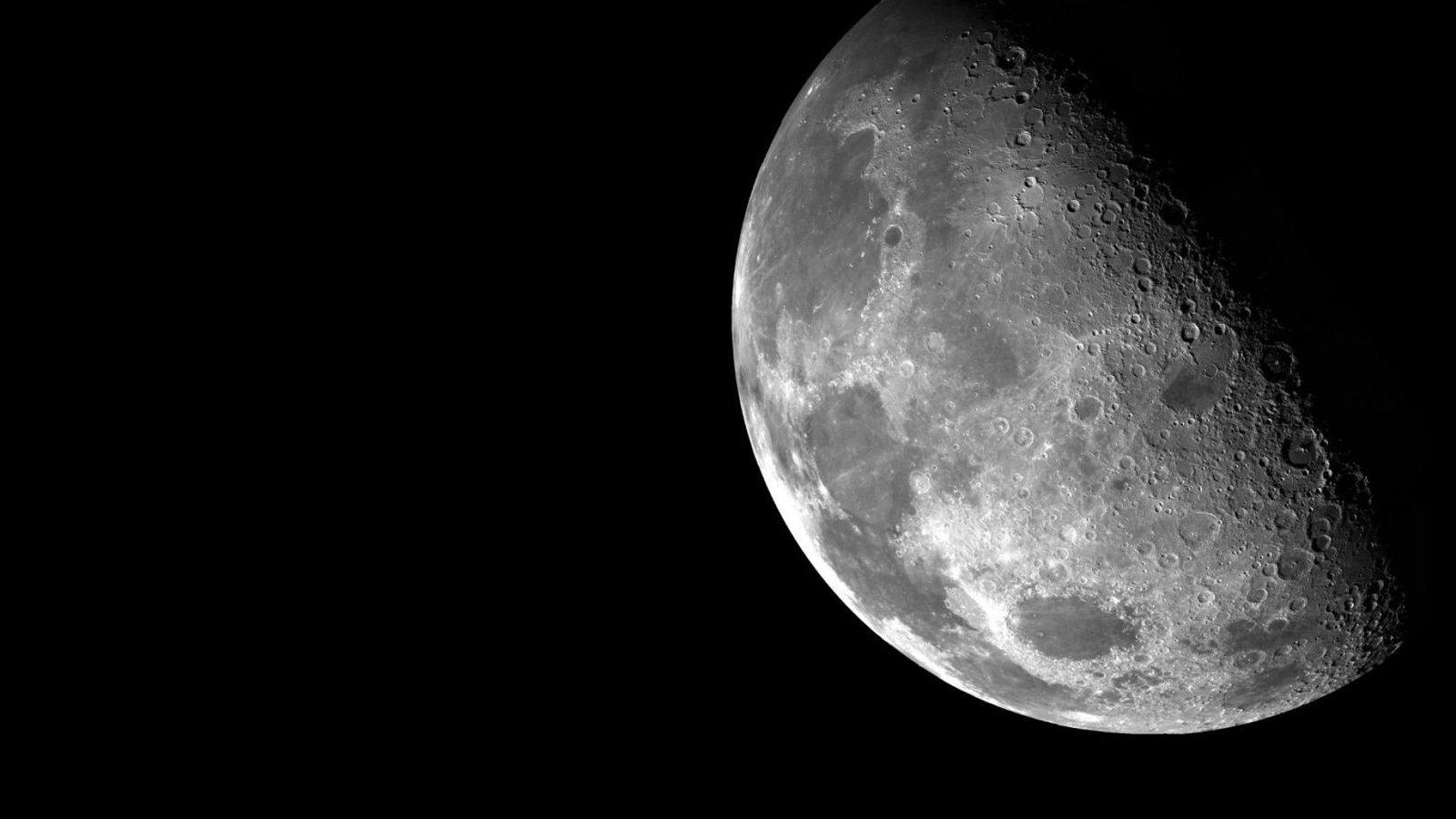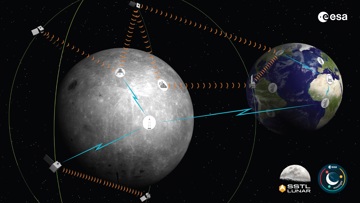Leveraging the unique experience and expertise gained through 50 years of pioneering an integrated approach to the operation of a global ground network, KSAT is now preparing new capabilities to serve the needs of lunar missions.
During the past year, the KSAT lunar team has developed a plan to deploy this unique network. Their work includes close dialogue with customers, definition of antenna performance requirements and they are currently engaging with vendors. The KSAT Global Hosting Team is in the process of selecting the optimal locations.
- We see the emerging lunar and cislunar markets as areas where KSAT´s experience can be used to establish an integrated and cost-effective ground station service offering beyond LEO and through near-space orbits. Lunar comms is a natural next step for us, KSAT EVP of Strategy & Technology Arnulf Kjeldsen says.
- To meet the growing demand as more lunar missions are launched, for example through the Artemis program and NASA´s Commercial Lunar Payload Services contracts, we are continuously expanding our network and will invest in our own dedicated network to be able to support that growth, Kjeldsen continues.

One-stop shop for lunar comms
Developing a multi-mission global ground network has been one of the key success factors for KSAT. The new network for lunar comms will follow the same multi-mission approach. Through a single point of integration, KSAT will provide communication coverage for customers during every stage of a mission, from launch & early operations (LEOP), through transit, lunar or Lagrange orbital insertion, lunar landing, operations, to Earth return and re-entry.
KSAT is currently selecting the locations for an optimized network to support missions to the Moon and beyond. A combination of three sites is needed to provide full coverage, and KSAT is in dialogue with several potential host sites in various countries.
Focus on partnerships
The company has always believed in a partnership approach, this is also the case when it comes to establishing a global network for lunar comms.
Francisco Periales, Product lead for KSAT Lunar says:
- KSAT has been, and will continue working with, selected partner sites. Partner sites are especially important because they provide strategic complementary capabilities to KSAT’s network, as well as additional capacity and redundancy. We have designed and already deployed our purpose-designed baseband solution at several partner sites, and we are in the process of integrating further partner sites.


